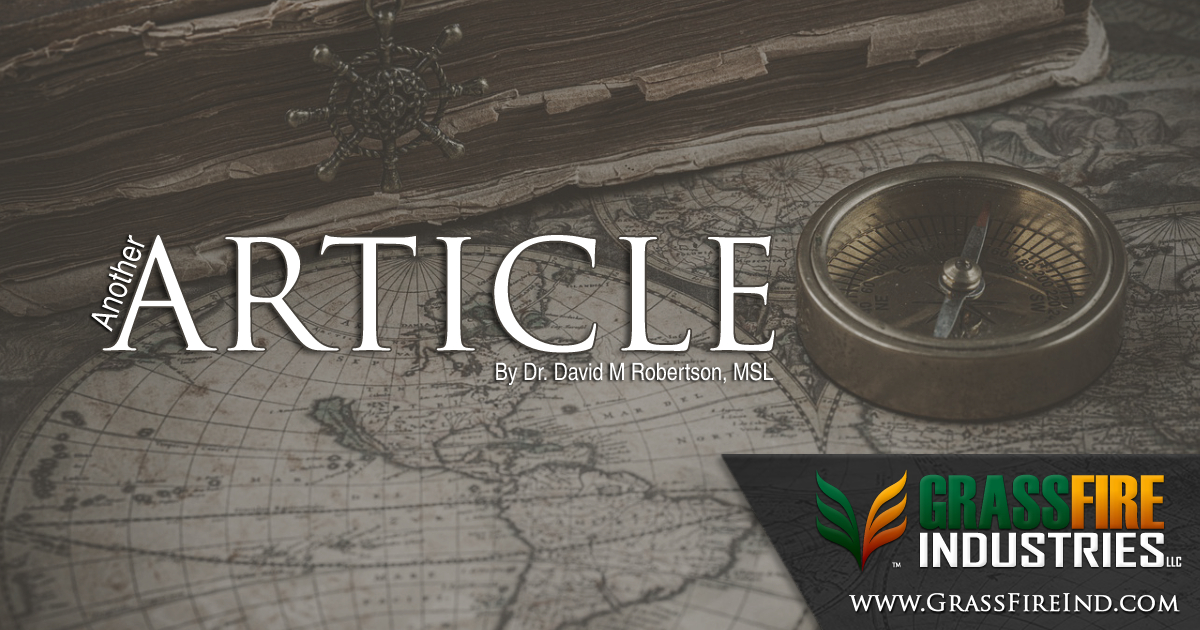Employees must pay for their mistakes!! Now, that might sound bad or even harsh, but it’s actually really good – if your frame is correct. Understand that all education comes with a cost. Mistakes are no different.
Indeed, mistakes are inevitable in any organization. The key is ensuring that they serve a purpose. If mistakes are ignored or merely punished, they become liabilities. However, if they are treated as learning opportunities, they become assets. Hence, the cost of a mistake should not simply be a reprimand or a temporary fix—it should be the acquisition of knowledge that prevents recurrence. So, what I’m really saying is, “Employees must learn from their mistakes!“
The Framework for Learning from Mistakes
To ensure mistakes lead to meaningful learning, leaders must structure their responses around four key questions:
- What went wrong?
- Why do you think it went wrong?
- What are some possible solutions?
- What did we learn, and how can we ensure it doesn’t happen again?
These questions serve a specific purpose. They are not designed to assign blame but to promote critical reflection. When an employee answers these questions, they are forced to dissect the mistake, identify root causes, and propose corrective actions. This process transforms errors into learning experiences and embeds that knowledge into the organization’s culture.
Guiding the Discussion: No Surface-Level Answers
One of the biggest pitfalls in this process is accepting vague or superficial responses. Employees may default to generalizations, external blame, or shallow reasoning. Leaders must push past these tendencies by:
- Demanding specificity – Instead of accepting “I was distracted,” probe deeper: “What caused the distraction? How can it be mitigated in the future?”
- Redirecting blame-shifting – If an employee blames a system or another person, ask, “What could you have done differently within your control?”
- Encouraging multiple solutions – There is rarely just one way to fix a problem. Challenge employees to think of various corrective measures to ensure robust learning.
The leader’s role is not to lecture but to facilitate discovery. The more employees take ownership of their mistakes and their solutions, the more invested they become in preventing future errors.
Creating a Culture of Constructive Accountability
For this approach to work, organizations must cultivate a culture where mistakes are addressed openly and productively. This means:
- Mistakes are acknowledged, not hidden – Employees should feel safe admitting errors without fear of disproportionate punishment.
- Accountability is about solutions, not shame – The focus should always be on improvement, not personal failure.
- Leaders model the process – If leaders refuse to acknowledge their own mistakes or fail to engage in learning, employees will follow suit.
Turning Learning into Organizational Growth
A single mistake is costly, but a repeated mistake is exponentially more damaging. Organizations that effectively implement this learning framework benefit from:
- Improved problem-solving skills – Employees learn to analyze and resolve issues systematically.
- Greater ownership and engagement – When employees feel responsible for solutions, they are more invested in outcomes.
- Stronger institutional knowledge – Lessons learned from mistakes should be documented and shared so the entire team benefits.
Leaders who enforce accountability through learning create a resilient organization—one that continuously evolves, improves, and prevents the same errors from recurring. Mistakes are unavoidable, but wasted mistakes are unacceptable. In other words, the cost of every failure should be lasting knowledge that drives future success.


